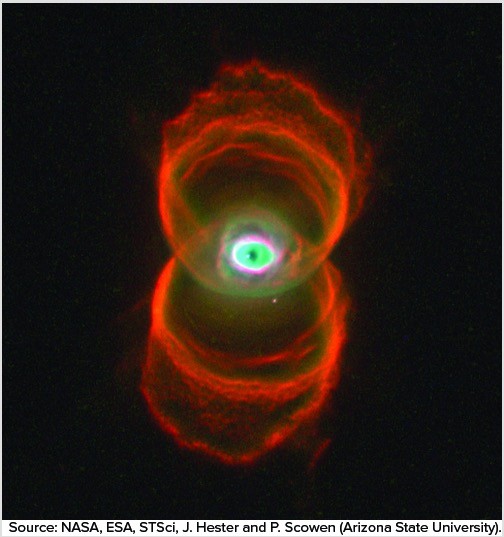What will likely happen to this object in the future?
A. The ejected material could be disbursed, with the material perhaps remaining in proximity to it.
B. It could evolve into a more structured galaxy.
C. It will continue to evolve with its stars going through their evolution.
D. It will continue to consume its hydrogen through nuclear fusion and will emit electromagnetic radiation.
Answer: A
You might also like to view...
Based on their relative positions in the periodic table, which might you expect to be a stronger oxidizing agent, chlorine or fluorine? Why?
A. Chlorine should behave as a stronger oxidizing agent because it has a smaller effective nuclear charge in its outermost shell. B. Fluorine should behave as a stronger oxidizing agent because it has a smaller effective nuclear charge in its outermost shell. C. Fluorine should behave as a stronger oxidizing agent because it has a greater effective nuclear charge in its outermost shell. D. Chlorine should behave as a stronger oxidizing agent because it has a greater effective nuclear charge in its outermost shell.
All of the following statements regarding meiosis are true except:
A) It produces haploid cells. B) It is a form of cell division in which one parent cell divides ultimately into four daughter cells. C) It occurs in all cells in the human body. D) It is important for allowing a chromosome to exchange corresponding parts with its homologous chromosome.
Photosynthetic and chemosynthetic organisms can be called either primary producers or heterotrophs because they
make their own food. a. True b. False
A tropical depression is more intense than a tropical disturbance.
Answer the following statement true (T) or false (F)